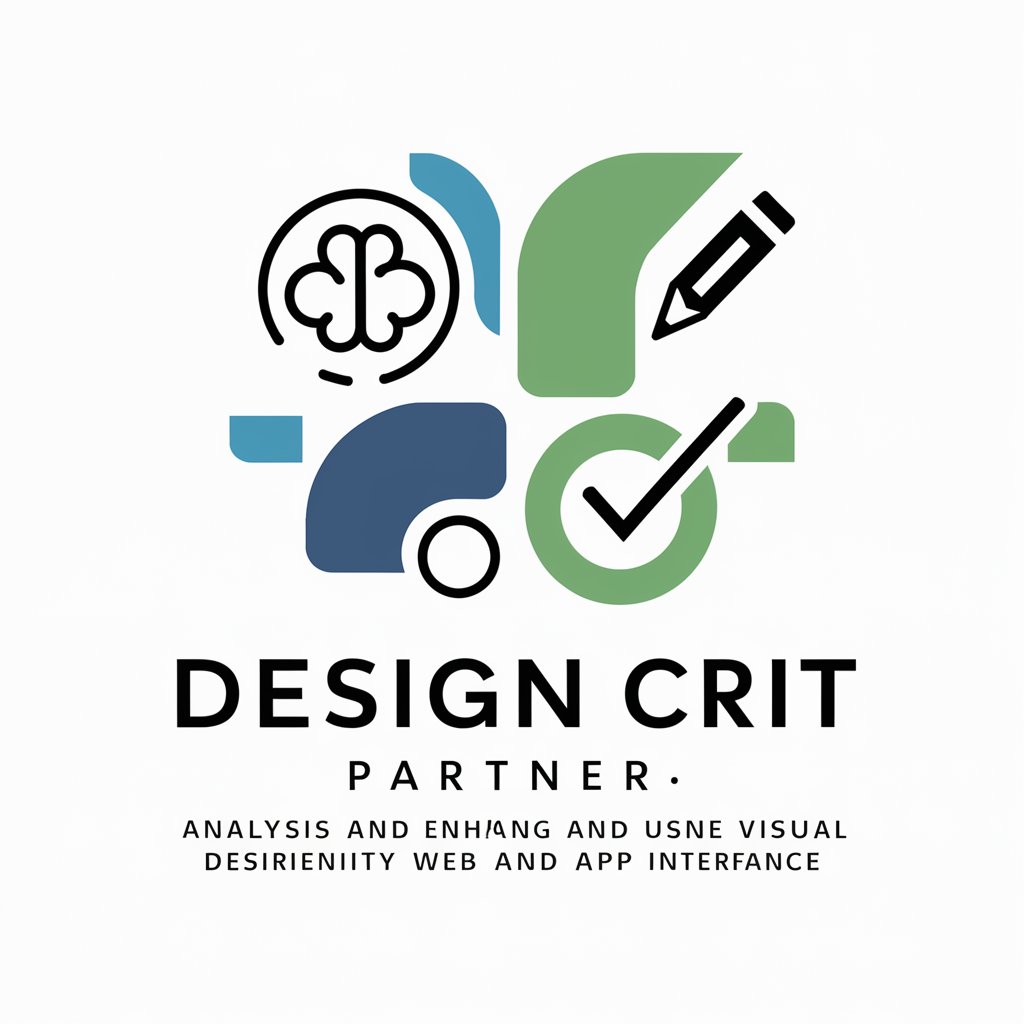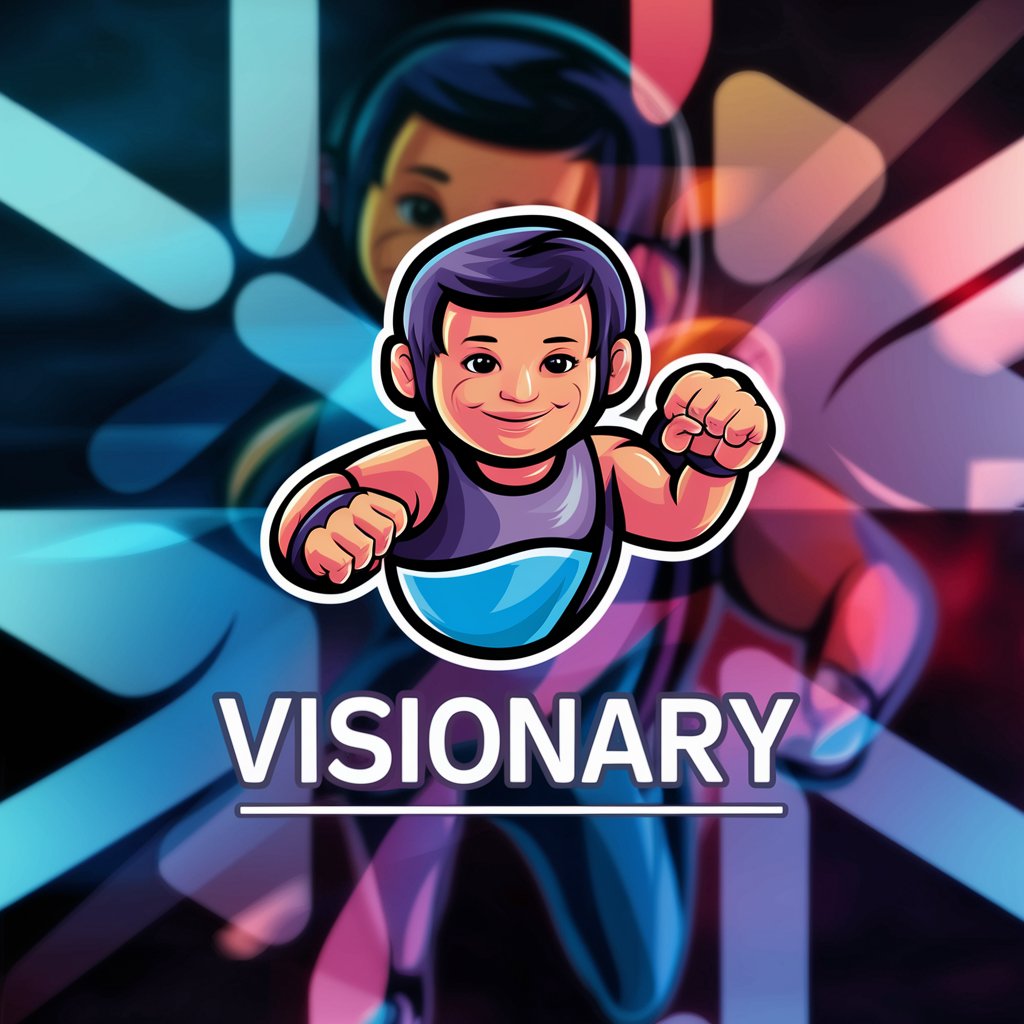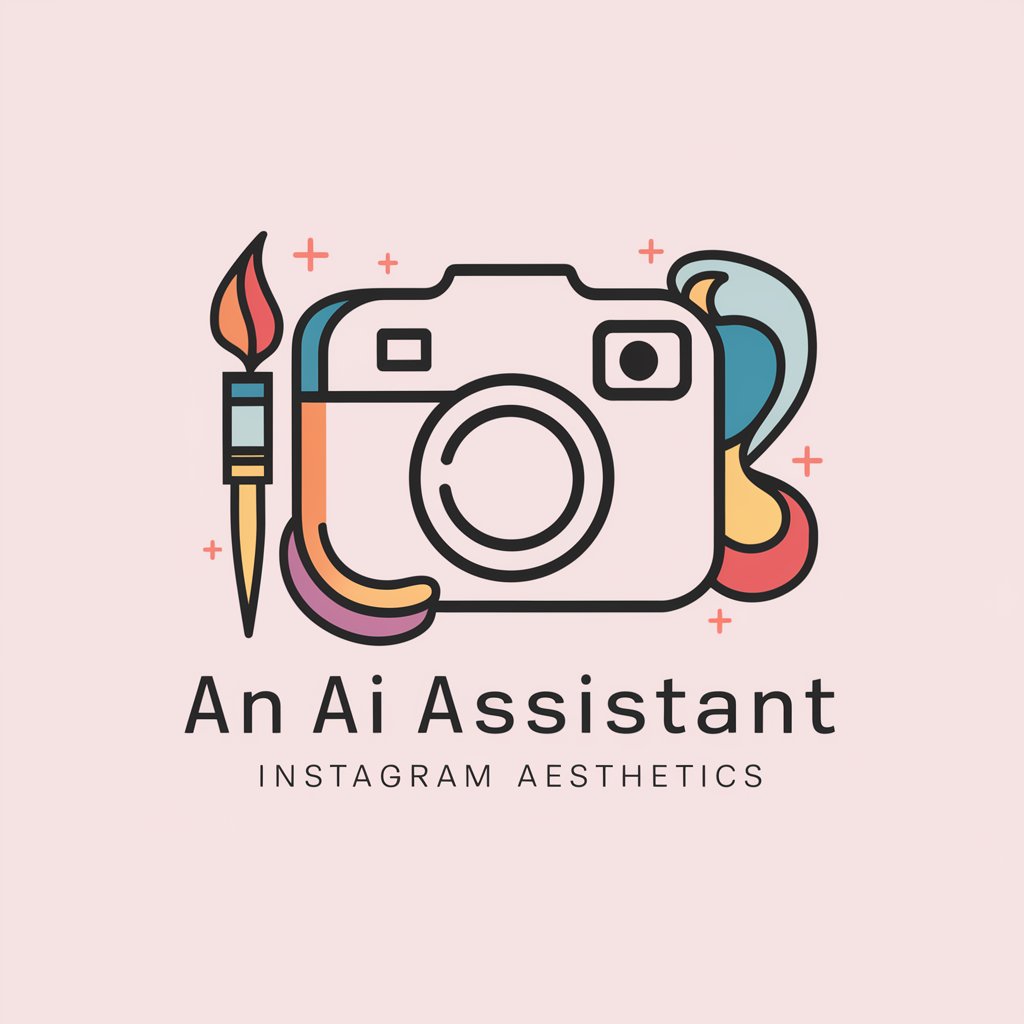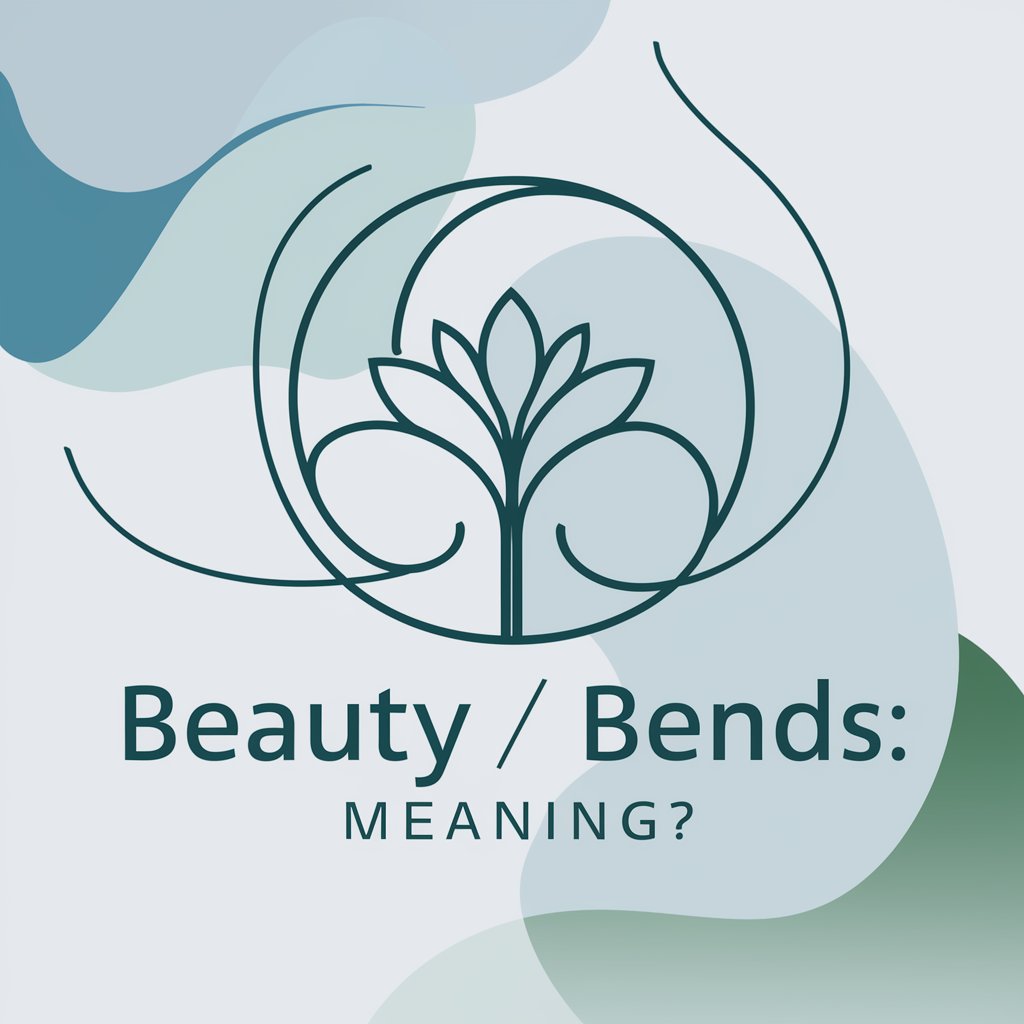9 GPTs for Aesthetic Analysis Powered by AI for Free of 2025
AI GPTs for Aesthetic Analysis are advanced computational tools that leverage Generative Pre-trained Transformers (GPTs) technology to interpret, evaluate, and generate insights on various forms of aesthetic content. These tools are specifically designed to understand and process elements of design, art, and visual culture, providing tailored solutions for analyzing aesthetic qualities. They play a crucial role in bridging the gap between subjective aesthetic judgments and objective computational analysis, making them relevant for industries and domains where aesthetic evaluation is key.
Top 9 GPTs for Aesthetic Analysis are: Design Crit Partner,Rate My Photo,Gay Stylish Visionary with Face Valuations,🎨✨ Insta-Aesthetic Blueprint Architect 📸💡,Roast My UI,Beauty / Bends: meaning?,Exquisite,Golden Ratio Real Estate Assistant,Εικαστικά Β' Γυμνασίου - Φροντιστής
Design Crit Partner
Elevate Your Design with AI-Powered Critiques

Rate My Photo
AI-powered Personal Style Critique

Gay Stylish Visionary with Face Valuations
AI-powered Athletic and Friendly Men Imagery with Detailed Face Valuations.

🎨✨ Insta-Aesthetic Blueprint Architect 📸💡
Craft Your Dream Feed with AI

Roast My UI
Revolutionize Your Design with AI-Powered Critiques

Beauty / Bends: meaning?
Illuminate the facets of beauty with AI

Exquisite
Elevating Beauty with AI
Golden Ratio Real Estate Assistant
Enhance Listings with AI-Powered Visuals

Εικαστικά Β' Γυμνασίου - Φροντιστής
Revolutionizing Art Education with AI

Unique Characteristics & Capabilities
AI GPTs tools for Aesthetic Analysis stand out for their adaptability, capable of ranging from basic to advanced functionalities tailored to aesthetic evaluation. These tools can learn from a vast array of aesthetic data, support technical analyses, perform web searches for contemporary trends, create images or designs based on aesthetic principles, and offer detailed data analysis. Special features may include language learning for understanding textual critiques of art, technical support for integrating with existing design software, and capabilities for generating aesthetic reports or recommendations.
Who Benefits from Aesthetic Analysis AI?
The primary users of AI GPTs for Aesthetic Analysis include novices seeking to understand aesthetic principles, developers creating apps or tools related to design and art, and professionals in the fields of art, design, marketing, and advertising. These tools are accessible to users without coding skills through user-friendly interfaces, while also offering extensive customization options for those with programming expertise, making them versatile for a wide audience.
Try Our other AI GPTs tools for Free
データ分析
Explore the transformative power of AI GPTs in data analysis, offering advanced, customizable tools for insightful analytics across various sectors.
コンテンツ生成
Discover how AI GPTs transform content creation with adaptable, efficient tools designed for creators, marketers, and developers alike.
顧客対応
Discover how AI GPTs for customer support revolutionize service delivery, offering personalized, efficient, and multilingual assistance to businesses worldwide.
研究支援
Discover how AI GPTs for research support transform academic and scientific endeavors, offering tailored, intuitive solutions to enhance efficiency and innovation in research.
Photo Enhancement
Discover the transformative power of AI GPTs for Photo Enhancement, designed to elevate your images with precision and ease. From restoration to artistic effects, tap into the future of photo editing.
Memoir Refinement
Explore AI GPTs for Memoir Refinement, the ultimate AI-driven assistants for crafting, editing, and enhancing your memoirs with ease and precision.
Expanding Horizons with AI in Aesthetics
AI GPTs for Aesthetic Analysis are not just tools for evaluation; they offer transformative potential across sectors by enhancing creative processes, providing deep insights into visual culture, and facilitating a better understanding of aesthetic trends. Their integration into existing systems can streamline workflows and open up new possibilities for innovation in design, art, and beyond.
Frequently Asked Questions
What exactly can AI GPTs for Aesthetic Analysis do?
They can evaluate, interpret, and generate insights on aesthetics in art, design, and media, providing objective analysis of subjective elements.
Are these tools accessible to individuals without a technical background?
Yes, they are designed with user-friendly interfaces that don't require coding skills to use effectively.
Can developers customize these GPTs tools for specific applications?
Absolutely. Developers can access APIs and coding libraries to tailor the tools for specific aesthetic analysis applications or integrate them into existing platforms.
What makes AI GPTs for Aesthetic Analysis different from other AI tools?
Their focus on aesthetic content and ability to provide nuanced, context-aware insights into design and art distinguishes them from more general AI tools.
How can these tools benefit professionals in the art and design industries?
They offer objective insights and analyses, support creative decision-making, and can help in understanding contemporary trends and principles in aesthetics.
Is it possible to integrate these AI tools with other software?
Yes, they can be integrated with various design and analysis software through APIs, enhancing their utility in professional workflows.
Do these GPTs tools require internet access to function?
While many features are accessible offline, certain capabilities like web searching for trends or updates require internet connectivity.
How does the AI learn about new aesthetic trends or principles?
These tools continuously learn from a wide range of data sources, including online galleries, design platforms, and art critiques, to stay updated with the latest trends.